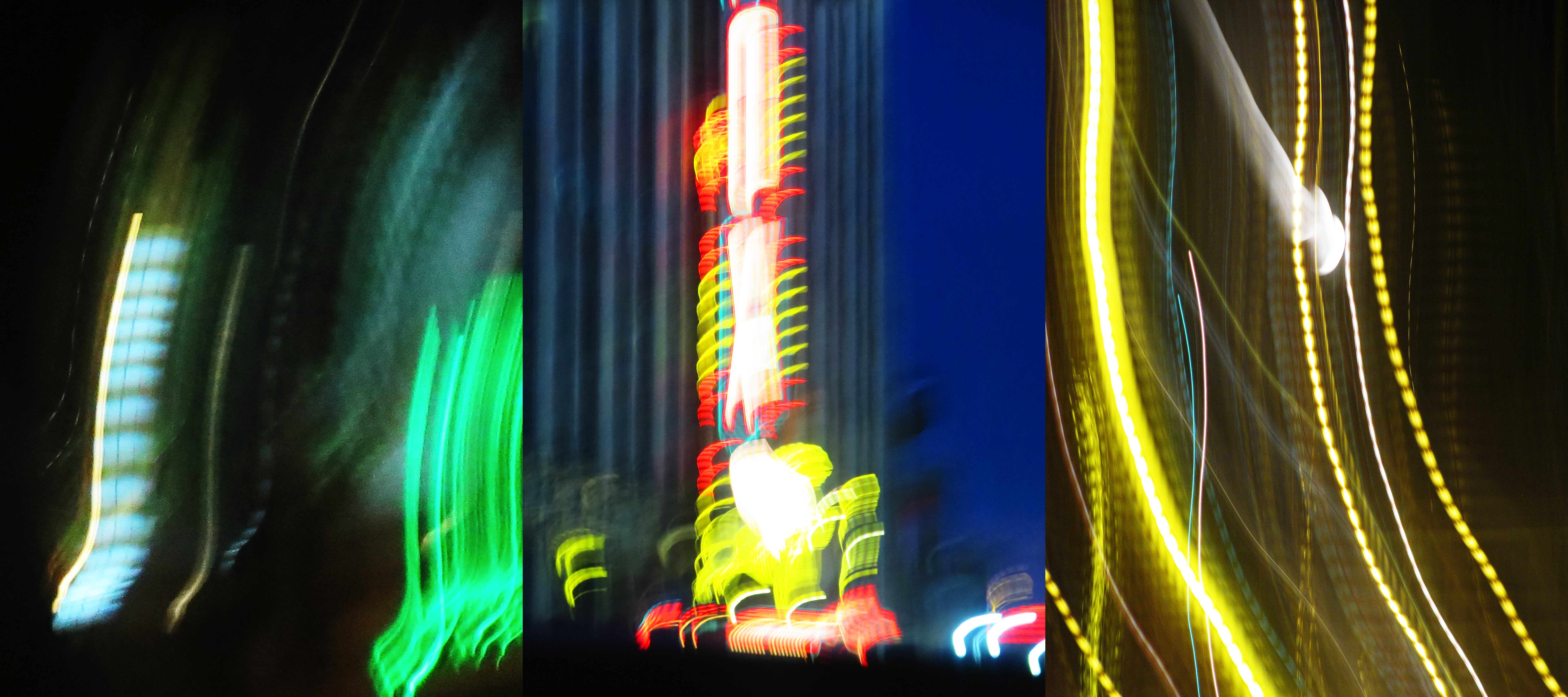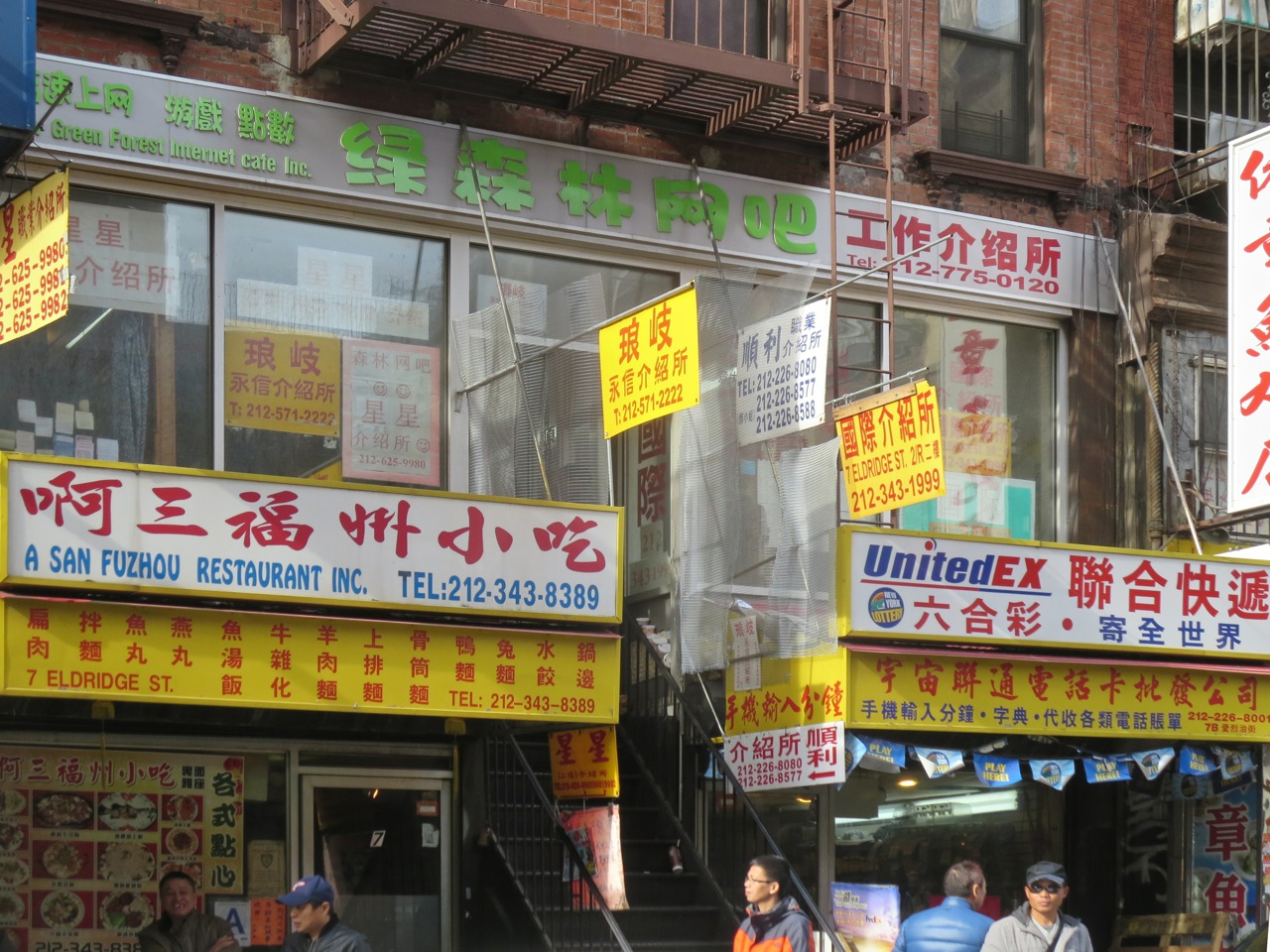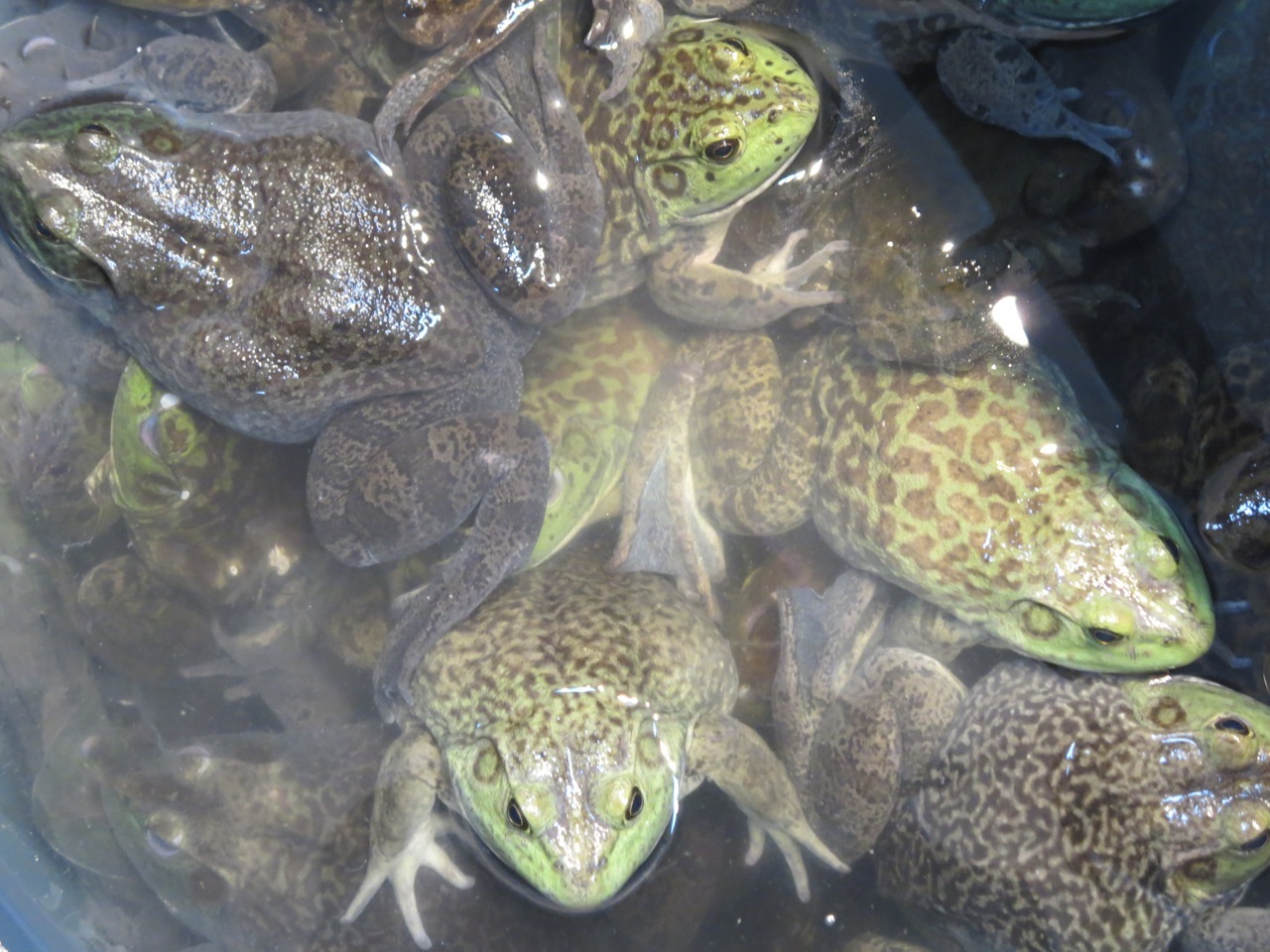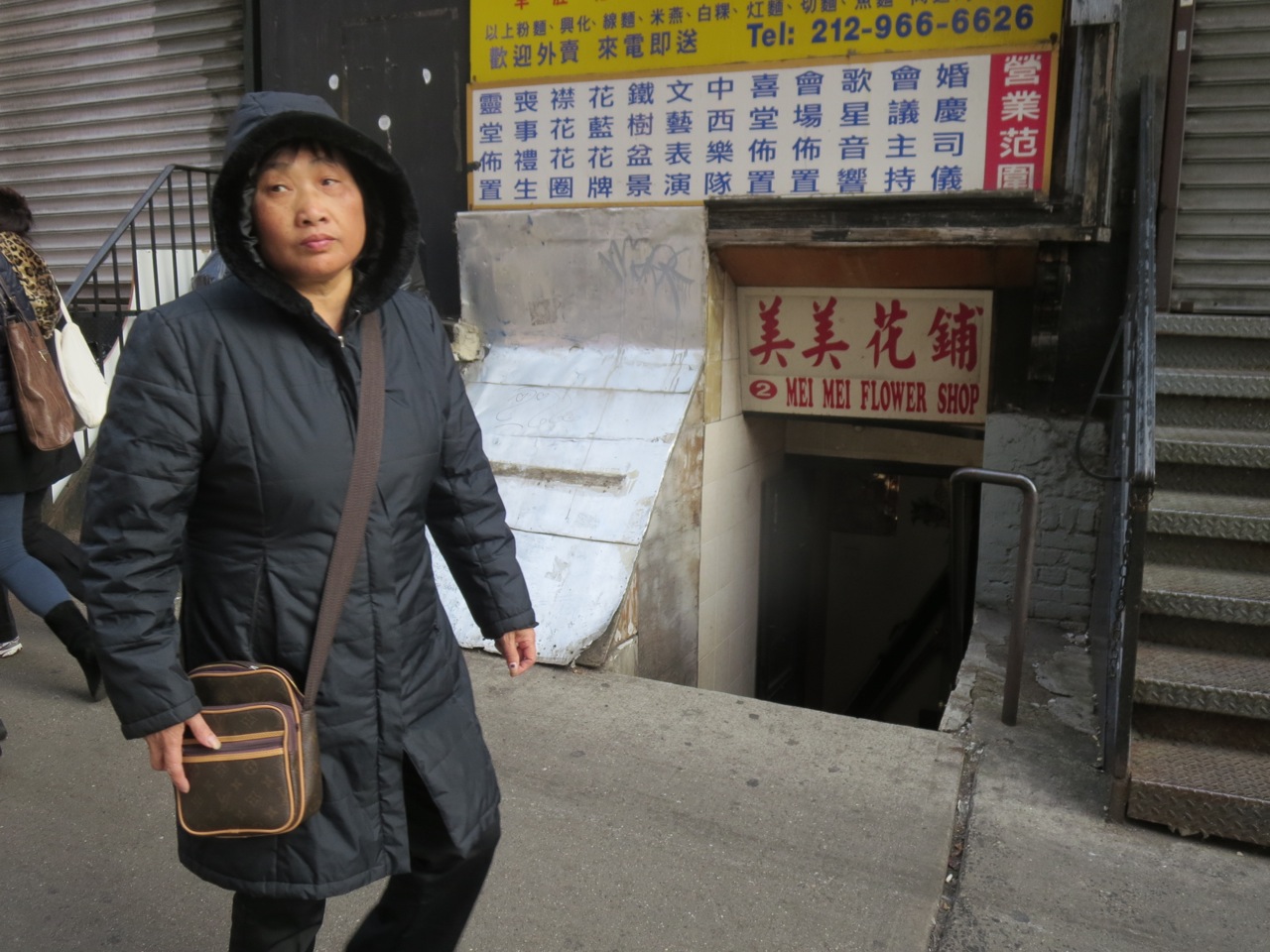Growing up in Newark, I was inspired and saddened by my inner-city environment: I am inspired by Newark’s hope of renewal after decades of white flight, under-investment, and urban neglect. I am saddened by the loss of my city’s historic architecture and urban fabric to the wrecking ball of ostensible progress. My Renaissance City photo and art series depicts the Newark of my childhood with garish signage and decayed structures blanketing my city’s architecture in a medley of color and consumerism.
Click here to see a film featuring more of my Newark-based artwork.
.
Urban decay in Newark to the tune of Mozart’s death march (k 453a)







 Left to right: lights from Newark, Detroit (Fox Theater marquee), and Santander (Spain)
Left to right: lights from Newark, Detroit (Fox Theater marquee), and Santander (Spain)




































































































































